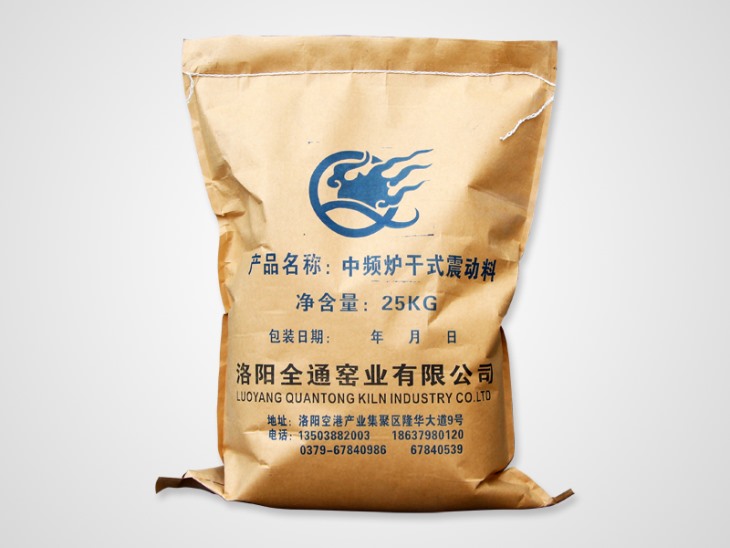Will the ramming material be chemically attacked?
The ramming material is a bulk material made of silicon carbide, graphite, and electric calcined anthracite, mixed with a variety of ultra-fine powder additives, and fused cement or composite resin as a binder. It is used for filling furnace cooling equipment and masonry. Filling material for body clearance or masonry leveling layer. Ramming material has good chemical stability, erosion resistance, wear resistance, drop resistance, thermal shock resistance, and is widely used in metallurgy, building materials, non-ferrous metal smelting, chemical industry, machinery and other manufacturing industries , In daily use, chemical corrosion is necessary, which is mainly reflected in what aspects?
A. Corrosion of molten iron. The furnace lining is mainly corroded by carbon in molten iron. SiO2 plus 2C—Si plus 2CO corrodes and smelts gray cast iron, ductile iron is always present, and it is more severe when smelting ductile iron.
B. Slag invasion. CaO, SiO2, MnO, etc. in scrap iron and steel are easy to form low-melting slag, especially CaO damage is greater. Therefore, attention should be paid to the cleanliness of the raw materials used, and the amount of slag produced by severely oxidized thin-walled waste is large. Try not to use it or use it in batches, and add less to each furnace.
C. Refractory slag. The high melting point slag is composed of the original aluminum, which reacts with the SiO2 in the furnace lining to form mullite (3A12O3-2SiO2), with a melting point of 1850 degrees Celsius, so to eradicate the original aluminum, To prevent the formation of high melting point slag.
D. Auxiliary agent. If slag coagulant or slag flux is used in the smelting operation, it will aggravate the corrosion of the furnace lining, so it should be avoided as much as possible.
E. Carbon accumulation. The carbon accumulation is on the ice face of the furnace lining, and even accumulates in the insulation layer. The reason for the carbon accumulation is that oil-impregnated wastes, such as chips, are used in the initial stage of furnace reuse, because the furnace lining is not sufficiently sintered , CO infiltrates into the back of the furnace lining to produce 2CO-2C plus O2 reaction. The generated carbon accumulates in the ice face of the furnace lining or in the pores of the thermal insulation material. When carbon accumulation occurs, it will cause the furnace body to ground leakage, and even cause the coil to spark. .
The above is the introduction of chemical attack of ramming material

Related Industry Knowledge
- Features and Benefits of Coil Clay
- What are the advantages of a good furnace lining
- Misunderstandings in the use of ramming materials in intermediate frequency furnaces
- Phenomenon analysis of failure of argon blowing of ladle permeable bricks and how to improve the rate of argon blowing
- Where is the consumption reduction and energy saving of breathable bricks reflected?
- How to improve the service life of intermediate frequency furnace lining
- Reasons for damage to intermediate frequency furnace lining and how to solve them
- The performance and advantages of breathable brick
- Analysis of Structural Characteristics of Dispersive Breathable Bricks
- The intermediate frequency furnace charge knotting process needs to pay attention to details sharing
- Ramming material manufacturers teach you how to improve crack resistance
- How to use electric furnace lining to repair electric furnace
- What are the advantages of using converter breathable bricks?
- What are the main characteristics of the use of refractory bricks
- What are the correct maintenance tips for furnace lining
- What are the misunderstandings in the use of ramming materials for intermediate frequency furnaces?
- How to ensure that the service life of the neutral furnace lining is not damaged when it is knotted
- What points should be paid attention to when using furnace lining
- Which methods can improve the temperature resistance of furnace lining
- The reason why ladle breathable bricks are widely used


